The Japanese are so thin, are they really born?

Government legislation to lose weight for all
As early as April 2008, the Ministry of Health, Labour and Welfare of Japan officially came forward to preside over the “National Slim Waist Plan†and promulgated laws stipulating that when local governments and enterprises conduct medical examinations for employees each year, they must be strictly checked for ages between 40 and 75 Employee's waistline: Male waistline should not exceed 33.5 inches (85 cm), female waistline should not exceed 35.4 inches (90 cm). (This number is the same as the upper limit of the waist circumference issued by the International Diabetes Federation in 2005 to identify whether there are hidden health risks.)
In Japan, employees with unqualified waist circumferences each year will receive health education focusing on weight loss. If the second medical examination is still unqualified, the company has to say: "I'm sorry, the company is too small to fit you." If the company's employees fail to pass the medical examination, the government will impose a huge fine.
Under such a large environment, Japanese companies have made extraordinary moves: Matsushita Electric established a health guidance department to urge employees to lose weight. Some company canteens mark the calories of food on their plates, and employees choose to limit their total intake based on their nutritional needs and workload.


The way to a healthy diet
Food education is an important part of Japanese national education and can even be said to be a national policy. In June 2005, the Japanese government promulgated the "Basic Law on Food Education", which came into effect in July of that year.
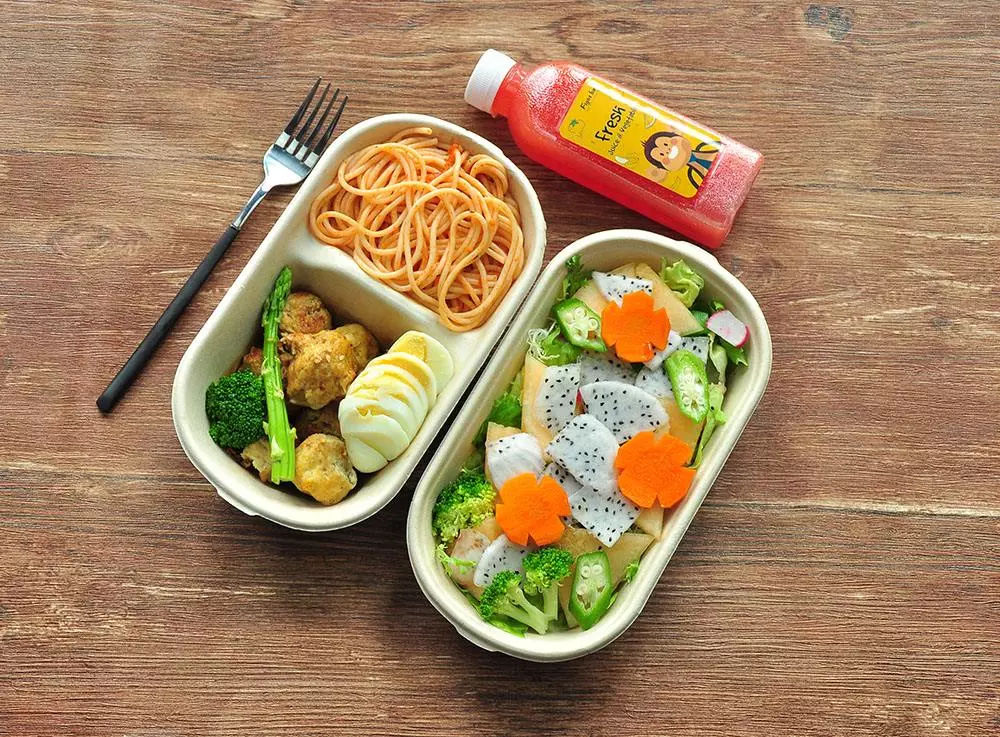
In this "Basic Law on Food Education", food education is positioned as the basis of the three pillars of education, "intellectual education, moral education, and sports." The purpose of this law is to train humans who can practice a healthy dietary life, thereby forming a healthy and rich national cultural life and creating a vibrant society.
1
Fresh ingredients diversification
The Japanese advocate eating 30 kinds of ingredients a day, which is the dietary goal promoted by the Ministry of Health, Labor and Welfare in 1985, "Guide to Healthy Dietary Life." Since then, the concept of 30 kinds of ingredients has spread very widely in Japan, and many housewives used it as a guideline to arrange a day's diet.
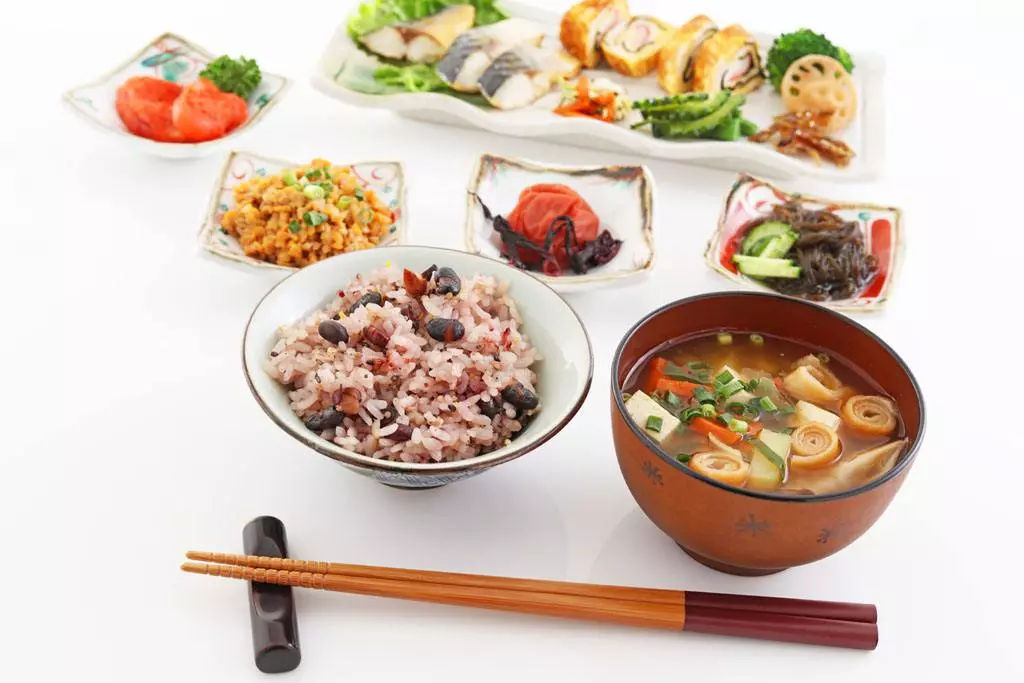
The "Dietary Guidelines for Chinese Residents (2016 Version)" recommends: eat 12 kinds of food every day and 25 kinds of food every week.
It seems a lot, in fact, if the 12 kinds of food are reasonably distributed into three meals a day, there is not much: at least 4-5 kinds of food for breakfast, 5-6 kinds of food for lunch, 4-5 kinds of food for dinner, plus snacks 1-2 kinds.
Pure energy foods such as cereals, animal foods, beans and nuts, vegetables, fruits, fungi, algae, and fats. There are many types of foods that can be substituted for each other. On average, there are 3 kinds of cereals and beans, 4 kinds of vegetables and fruits, 3 kinds of poultry, fish and eggs together, 2 kinds of milk, soybeans and nuts, 12 kinds a day, 25 kinds a week It's easy.
2
Light cooking
Japanese people also like to eat fried food, such as the most representative "tempura". However, the way to deep-fried in Japan is to pay attention to the fact that the noodles are too thin to be thin, and the surface cannot overflow with oil. Use a facial tissue to suck it, and leave no trace of oil on the paper. This method of frying is different from many American fast foods.
Sushi is the most simple and simple food in Japan. The cooking method of sushi is primitive and simple, boil rice and let it cool, add moss, vegetables, fish roe, sashimi, shrimp, etc., which not only reflects the original taste of food, but also keeps the nutrients to the maximum extent.
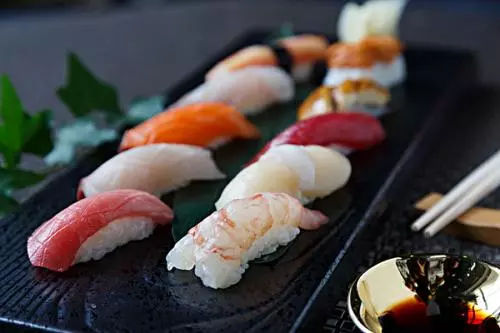
Low oil : You can try more cooking methods such as steaming and cooking, and keep a lot of nutrients of the ingredients. Reduce the frying method.
Low salt: If you feel that salt is less tasteless, you can find other condiments, such as pepper, star anise, cinnamon, orange peel, bulk, white cardamom, etc. When making some sweet and sour dishes, you can also add some lemon juice. The sour taste can make the salty taste more prominent and reduce the use of salt.
3
Eat half full
Japanese people like to use small dishes to hold food. Ensure "eight-point full" intake.
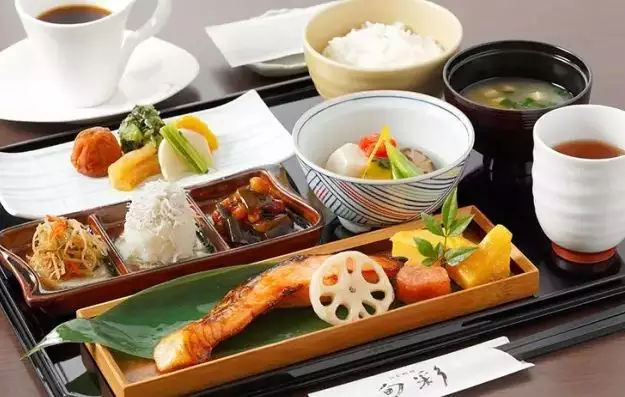
The diet does this until it is full:
â‘ Concentrate on eating : Let your stomach feel full in time.
â‘¡ Chew slowly : the reaction time to give the stomach a sense of satiety.
â‘¢ Less refined and more coarse : Coarse grains can slow down the speed of eating, which is helpful for feeling full.
Fullness is like this:
â‘ Seven full : the stomach is not full, the enthusiasm for eating has dropped, the speed of eating has slowed down, but I just want to eat habitually, and I will forget the food.
â‘¡ Eighth full : the stomach feels full, but a few more bites will do.
â‘¢ Nine points full : You can eat a few bites, but each bite is a burden and you feel bloated.
â‘£ Very full : You can't eat a bite, and it's painful to eat more.

Cycling
In addition, bicycles are a transportation vehicle used by everyone in Japan, whether it is the student population to school, the office worker who catches the train or subway, or the housewife who takes children to the kindergarten, the daily necessities of the buyer, the bicycle They are the first choice for their travel.
Located in a country with the highest population density in the world, various facilities in the Japanese community are relatively concentrated. Within five to ten minutes, you can find supermarkets, kindergartens, schools at all levels, and dentists to solve your daily needs. Is convenient for practical travel tools.
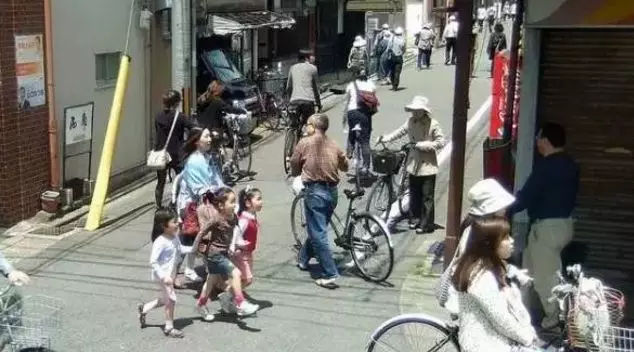
In addition, Japan is a mountainous and hilly country, so some roads need to go uphill and downhill. So for Japanese people, commuting is not just walking, but climbing up and down. This also increases the intensity of the movement invisibly. Moreover, Japanese taxis are too expensive unless there are very important Things, otherwise the Japanese will not easily make a taxi, and there will be no "Japanese drama running"

.

After reading the secrets of Japanese weight loss, is it inspiring?
Hurry up and change bad eating habits,
The figure will get better and better!
China Presentation Display Book, PVC Display Books manufacturer, choose the high quality leather PVC Display Book, Pvc Presentation Book, etc.
Presentation Book,PVC Display Book,leather PVC Display Book
MIFIA INDUSTRIAL CO., LTD., , https://www.stationery-manufacturer.com